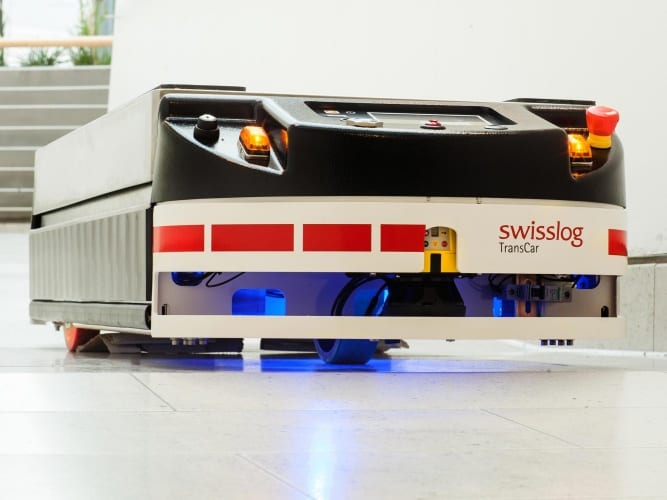For the past month or so we’ve heard seemingly endless discussions about the NHS (not least in The Engineer’s pages) from what’s devolved and what isn’t to current challenges and promises for the future. While talk continues around top-down reorganisation and the funding crisis, a quiet engineering revolution is going on.
A number of things have struck me recently as showing the way in which our health service will actually be transformed.
At University College Hospital not far from the EngineeringUK offices an apparently small change to the doors to wards highlights the potential impact of innovative approaches to significant problems. The ‘hygiene handle’, as I believe it’s called, automatically dispenses alcohol gel when you hold it to open the door. A small change that can stop the spread of disease and really save lives.
Then there’s the toothbrush that can analyse DNA to detect the onset of cancer or diagnose Alzheimer’s disease. That’s the type of innovation that has the potential to transform how health professionals monitor and screen patients.

That transformation is also being seen in terms of what is available over the counter. Now on sale in the UK is a DIY HIV test that is reportedly easy to use and gives results in 15 minutes. Latest research estimates that around 26,000 people in the UK are unaware they have HIV, so again you can suppose that ultimately this too will save lives.
”The state-of-the-art South Glasgow University Hospita has a fleet of over 20 ‘robot porters’ transporting linen, food, medical supplies and waste around the hospital
The new, state-of-the-art South Glasgow University Hospital boasts some of the latest innovations in patient care. I was most interested, however, to learn about the new members of the workforce operating in underground tunnels, not least because they’re not human. The hospital has a fleet of over 20 ‘robot porters’ transporting linen, food, medical supplies and waste around the hospital. These autonomous vehicles are not the driverless cars that we might generally associate with the term but they are working in our hospitals right now and in spite of the current price tag they are no doubt destined to become much more commonplace.
This is not only what modern medicine looks like, it’s a reflection of the possibilities offered by modern engineering. These examples effectively paint a picture of the future, where our health service is viewed in terms of modernisation and real life applications, investment and transformation, rather than the rhetoric we’ve all been hearing.
These are all great but I wonder whether smarter procurement is the missing tool that could transform extraordinary innovations in one or two places into a globally relevant powerhouse for growth




April 1886: the Brunkebergs tunnel
First ever example of a ground source heat pump?